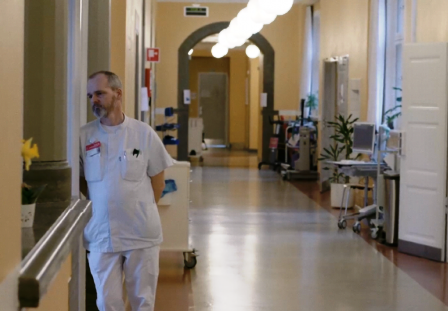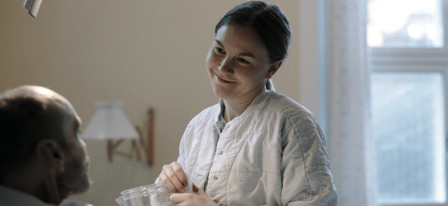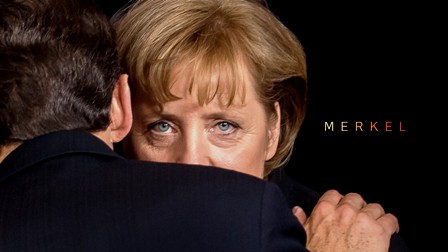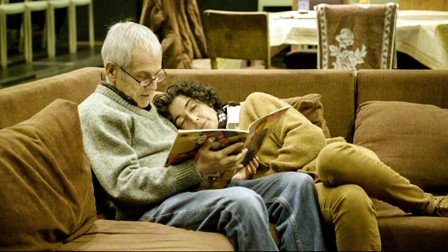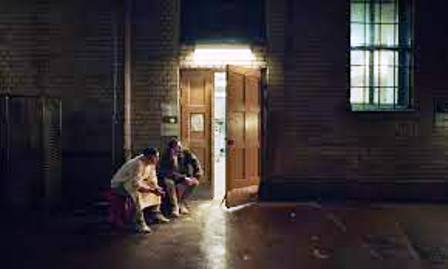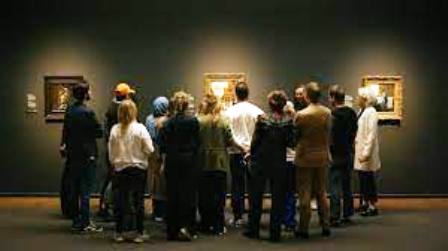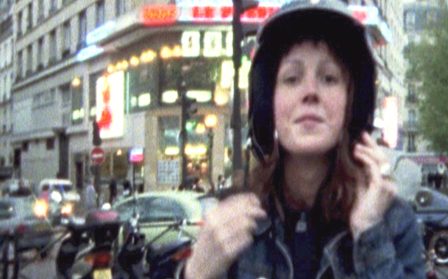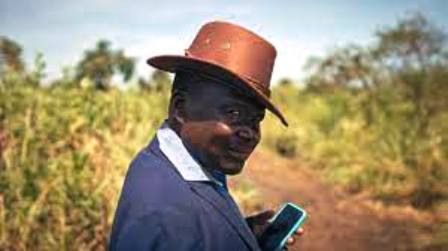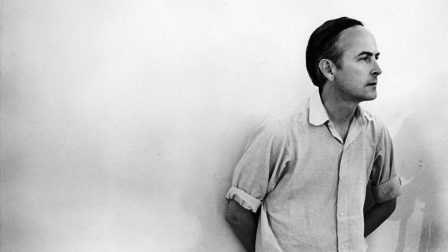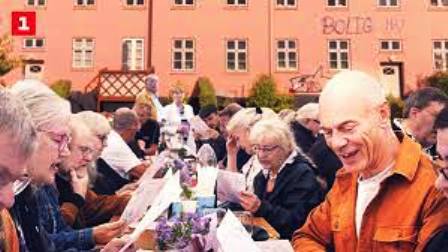Here is a copy-paste from the website of Croatian ZagrebD0x (March 26 – April 2), a good read:
Master, expert, maestro, connoisseur, virtuoso… The ‘title’ can be given both to a craftsman and an artist, but one thing is for sure: with it we address only the best in our business. Masters of Dox, a long-time programme section of the ZagrebDox International Documentary Film Festival, has been made up of films by authors at the top of the world film for years, but not necessarily documentary! The 19th festival edition brings six new titles directed by prominent film artists, undoubtedly masters of their craft.
In a deep personal documentary A Cooler Climate the Oscar-winning director James Ivory, in one of his rare trips to the documentary practice, takes us to Afghanistan, in the 1960s, on a journey that has changed his life. The story is about the travels we all take, exploring, in addition to the world, our own inner landscapes. Along with Ivory, the film was directed by Giles Gardner and the score was composed by the double Oscar-winner Alexandre Desplat. As a homage to the great master, the recently deceased director Carlos Saura, who made over 50 films, many of which were awarded in Cannes, Venice, Berlin and Karlovy Vary, the film Walls Can Talk will be screened. The film portrays evolution and the relationship between art and wall as a creative canvas, traveling from the first graphic revolutions of prehistoric caves to the most avant-garde urban expressions. Music for Black Pigeons is a visually powerful documentary by the Danish director and poet Jørgen Leth, a living legend of documentary, and Andreas Koefoed, and explores the lives and artistic processes of some of the world’s most famous and prolific jazz musicians. Leth and Koefoed reveal intimate, improvised moments between the pioneers of experimental music in studios in New York, Copenhagen and Lugano. Behind the unconventional documentary fantasy Dreaming Arizona is another Dane known to Croatian audience, Jon Bang Carlsen, a winner of the My Generation Award, presented to him in 2017 by the founder and director of ZgDox Nenad Puhovski. Carlsen has devoted much of his career to finding new ways of extracting the truth from reality by dramatization. The film follows a group of brave teenagers who have decided to set up a play about their own lives and to invent an alternative reality for themselves, in which they are strong enough to face traumatic childhood events. Another master will visit Zagreb with his film, the famous German director Volker Schlöndorff. For his famous film, The Tin Drum, which was partly shot in Zagreb, he won an Oscar and a Palme d’Or in Cannes, and in his documentary debut The Forest Maker he paints a portrait of Tony Rinaud, an exceptional man whose life’s work was awarded the so-called alternative Nobel, the 2018 correct life award. At the Hamptons IFF, the film won the Victor Rabinowitz and Joanne Grant Award for Social Justice. The Fire Within: A Requiem for Katia and Maurice Krafft, by the great Werner Herzog, pays a visually fascinating tribute to the lives of Katia and Maurice Krafft, famous and bold French volcanologists. Herzog’s film was awarded at the Doc La Festival, and at the Gijón International Film Festival it won the Audience Award, as well as a Special Mention of the jury.
Finally, the Italian director Gianfranco Rosi is the first winner of the Honorary Stamp Award, for his exceptional contribution to the documentary practice, awarded to him by Nenad Puhovski. It is enough to list only two of his films – Sacro Gra, which won the Golden Lion at the 70th Venice Film Festival, and Fire at Sea, awarded the Golden Bear at the 66th Berlin Film Festival – and the explanation of the motivation for the award was written. Rosi has a new film, an extremely interesting documentary In viaggio, which had a premiere in Venice, and follows Pope Francis in the first nine years of his pontificate. At that time, the Pope visited 53 countries. Intrigued by the fact that two of the Pope’s travels closely reflect the contents of his films (the famed Fire at Sea and Notturno), Gianfranco Rosi follows the Pope’s way of the cross through a dialogue between the archives of Francis’s travels, the photos taken by himself, which reflect the recent history and general state in the world today.
Photo: Film at Lincoln Center



